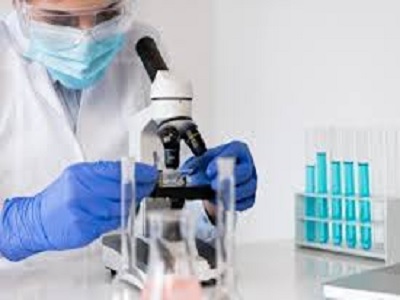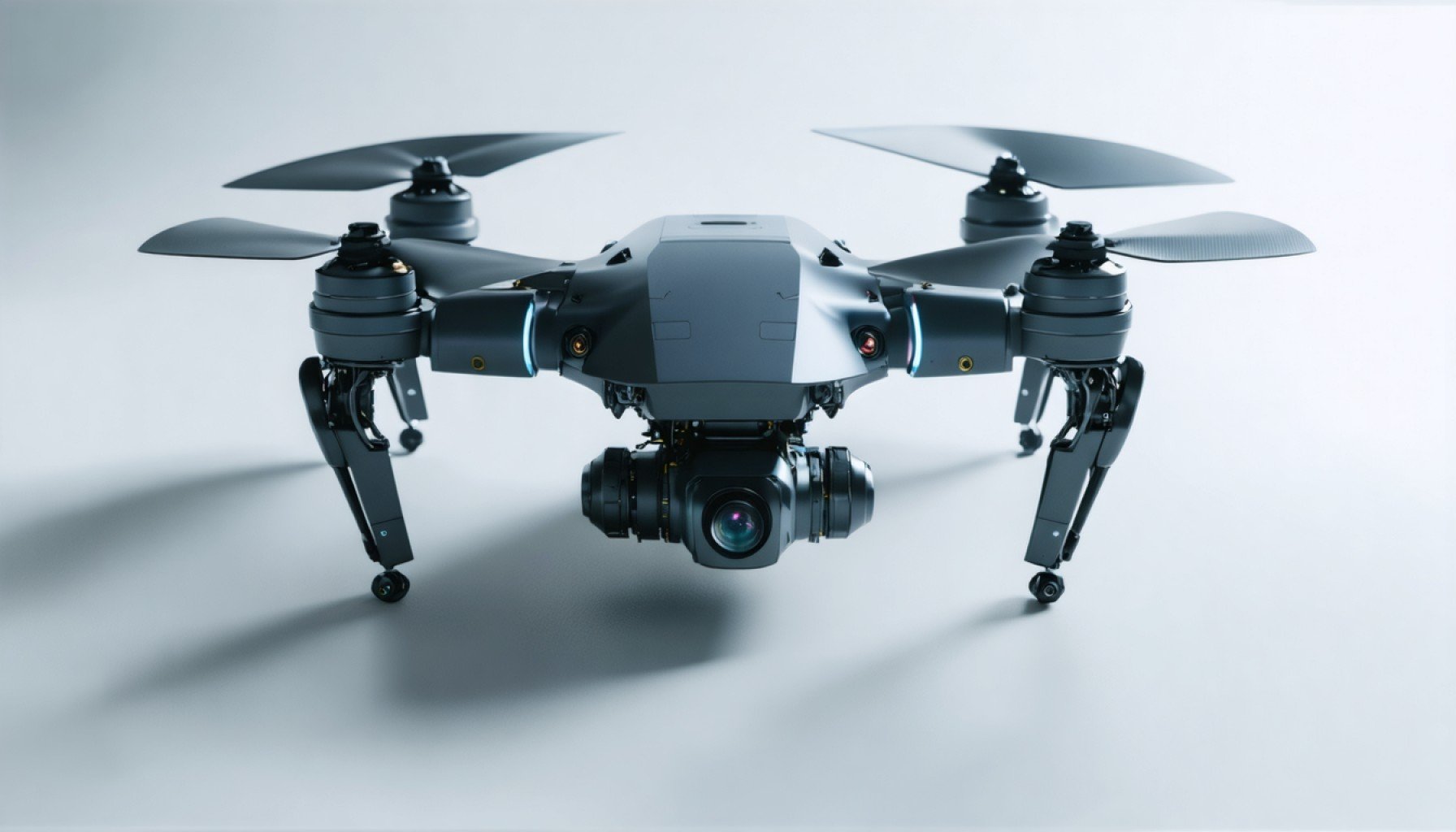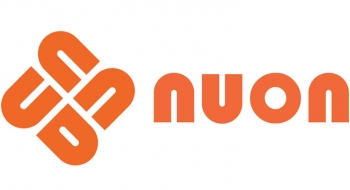Medical Device Testing Market: Trends, Innovations, and Future Outlook (2024-2035)

Market Overview
The Medical Device Testing Market plays a critical role in ensuring the safety, efficacy, and compliance of medical devices before they reach the end-user. With the increasing demand for advanced healthcare technologies and regulatory requirements becoming more stringent, testing services have become indispensable for medical device manufacturers. This market encompasses various product types, including in-vitro diagnostic devices, imaging equipment, implantable medical devices, and software-driven healthcare tools. These devices undergo rigorous testing processes such as biocompatibility testing, sterilization validation, electrical safety evaluations, and usability testing to meet industry standards.
The Global Medical Device Testing market is expected to grow from USD 9.40 billion in 2022 to USD 13.26 billion by 2030, at a CAGR of 4.40% during the forecast period 2022–2030, the primary use of medical device testing is to ensure compliance with regulatory frameworks such as the U.S. FDA, European CE marking, and ISO 13485 certification. The growing complexity of medical devices, especially with the integration of artificial intelligence (AI) and the Internet of Medical Things (IoMT), has further driven the need for comprehensive testing solutions.
Our comprehensive Medical Device Testing Market report ready with the latest trends, growth opportunities, and strategic analysis- View Sample Report PDF

Key Market Trends
Advancements in AI and Automation
AI and automation are revolutionizing medical device testing by enhancing efficiency and accuracy. Automated testing reduces human error, speeds up test processes, and ensures consistency in results. AI-powered analytics are also aiding in predictive maintenance and failure analysis, allowing manufacturers to refine their products even before launch.
Regulatory Stringency and Compliance Evolution
Governments and regulatory bodies worldwide are tightening regulations for medical devices to enhance patient safety. New directives, such as the EU MDR (Medical Device Regulation), have imposed stricter compliance measures, necessitating extensive testing. Companies are investing heavily in quality assurance (QA) and risk assessment services to align with these evolving regulations.
Growth of Wearable and Remote Monitoring Devices
The surge in wearable medical devices, such as smartwatches with health monitoring capabilities, has increased the demand for specific testing protocols. These devices require additional tests for wireless communication reliability, battery performance, and cybersecurity resilience.
Focus on Sustainability and Eco-Friendly Testing Methods
With global sustainability initiatives gaining traction, medical device manufacturers are adopting green testing methodologies. This includes reducing the use of hazardous materials, improving energy efficiency in test labs, and implementing eco-friendly disposal techniques.
Competitive Landscape
Leading Players and Market Strategies
Key players in the medical device testing market include SGS SA, TÜV SÜD, Eurofins Scientific, Intertek Group, and Bureau Veritas. These companies dominate the market by offering comprehensive testing, certification, and regulatory compliance services. Strategies such as mergers, acquisitions, and partnerships with healthcare organizations are commonly employed to expand market reach.
Recent Innovations and Announcements
SGS SA has recently launched AI-based compliance testing tools that accelerate the verification of complex medical devices. TÜV SÜD has expanded its remote auditing and virtual compliance services, enabling seamless regulatory approvals during the pandemic-induced travel restrictions.
Product or Service Analysis
Medical device testing services encompass several categories:
- Biocompatibility Testing: Ensures that materials used in medical devices do not cause adverse biological reactions.
- Electrical Safety Testing: Verifies that medical equipment meets electrical safety standards and minimizes the risk of malfunction.
- Software Validation: Focuses on cybersecurity, software performance, and regulatory compliance for AI-driven medical applications.
- Sterilization and Microbial Testing: Ensures medical devices remain free from contamination and adhere to sterility standards.
Market Segmentation
The market is segmented based on:
Technology:
- In-vitro testing
- Diagnostic imaging
- Active implantable devices
- Others
Application:
- Orthopedics
- Cardiovascular
- Neurology
- Dental
- General surgery
End-Users:
- Hospitals
- Diagnostic laboratories
- Medical device manufacturers
- Research institutions
By Service Type:
- Testing Services
- Inspection Services
- Certification Services
By Device Class:
- Class I
- Class II
- Class III
Region:
- North America
- Europe
- Asia-Pacific
- Latin America
- Middle East & Africa
Take Action Now: Secure your Medical Device Testing industry today – Purchase Now
Pricing Trends
Medical device testing costs vary based on complexity, device type, and regulatory requirements. Historical trends indicate a rise in testing costs due to stringent regulations, but technological advancements and AI-driven automation are expected to optimize expenses over time. Future projections suggest a stabilization of pricing as more companies adopt cost-effective remote testing methodologies.
Innovations and Developments
Recent breakthroughs in the industry include:
- AI-driven automated testing and quality assurance.
- 5G-enabled remote monitoring and compliance testing.
- Cybersecurity testing advancements for connected medical devices.
- Evolution of 3D printing-based test protocols.
Sustainability and Environmental Impact
Efforts to enhance sustainability in medical device testing include:
- Implementation of green energy solutions in testing facilities.
- Reduction in hazardous waste from biocompatibility testing.
- Increased emphasis on biodegradable materials in device manufacturing.
Case Studies and Data
A study conducted by the Medical Device Innovation Consortium (MDIC) revealed that AI-driven automated testing reduced device failure rates by 25%, improving overall market efficiency. Another case study highlighted the impact of virtual compliance testing, which cut regulatory approval times by 30% during the COVID-19 pandemic.
For Medical Device Testing Market Report and updates detailed: View Full Report Now!
Conclusion and Future Outlook
The medical device testing market is poised for substantial growth from 2024 to 2035, driven by regulatory advancements, AI-driven automation, and the expansion of wearable medical technology. While cost pressures remain a challenge, innovations in remote testing and predictive analytics will likely drive efficiencies. Sustainability initiatives will further shape the industry, ensuring a more eco-friendly approach to medical device testing. As demand for safe and effective healthcare technologies grows, the market is expected to witness sustained expansion and continuous innovation.
About Vantage Market Research:
We, at Vantage Market Research, provide quantified B2B high-quality research on more than 20,000 emerging markets, in turn helping you map out a constellation of opportunities for your businesses. We, as market intelligence, market research and consulting firm provide end-to-end solutions to our client enterprises to meet their crucial business objectives. Our clientele base spans 70% of Global Fortune 500 companies.
☎ Contact Us:
224 W 35th St Ste 500 New York,
USA/Canada Toll Free +1(877) 462-2282
+1(212) 951-1369
✉ Email: [email protected]
🌐 Website:
Browse More Reports:
Medical Device Packaging Market
Medical Radiation Dose Monitoring Market
Medical Supplies Market
link





